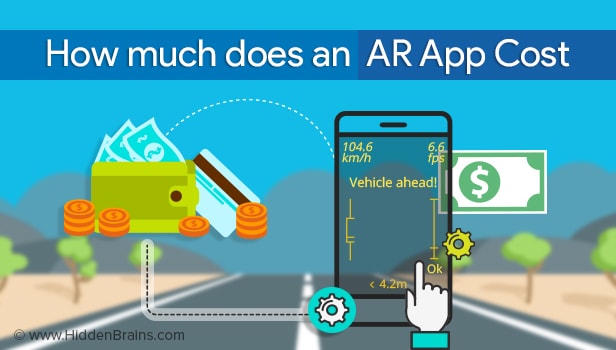People residing in Helsinki have largely benefitted with the use of an app called Whim. Since the last 3 years, with this app, the residents have been able to plan and pay for all modes of public and private transportation within the city. Be it by train, taxi, bus, carshare, or bike-share, they can avail and pay for any mode transport through the medium of one app.
They can simply enter a destination, select their most preferred mode of getting there, or even a combination of different modes if no single mode reaches their destination—and go. The service allows them to pre-pay to avail the transport as part of a monthly mobility subscription or pay as they go using a payment account linked to the service.
The overall goal of this service is to make it so convenient for users to get around their locality that they choose to give up their personal vehicles for commuting. And this, not because they are forced to, but because the alternative is more appealing and pleasing.
Think about Netflix. It has fundamentally changed the way people consume, searches for, and pay for media and entertainment services. The transportation paradigm also stands on a similar frontier now.
The vision of this city represents the next revolution in mobility: Mobility as a Service (MaaS). At its very core, the working model of MaaS backs largely on a digital platform which integrates end-to-end trip planning, booking, electronic ticketing, and payment services across all modes of transportation, public or private.
This is a significant rise from the current scenario of where major cities are today, and It’s a marked departure from where most cities are today, and the process through which mobility has been delivered until this day.
Instead of the tedious work to locate, book, and pay for each mode of transportation separately, such MaaS platforms allows users to plan and book door-to-door trips using a single app. MaaS has started to move individuals towards a more user-centred mobility paradigm. This has become possible by answering the question of how best to get individual users where they’re going based on real-time conditions throughout the network, taking account of all the possible options and each user’s own preferences like time and convenience vs. cost, and facilitating seamless mobile payment.
What are the core elements that fall under Mobility as a Service or Maas
Transportation providers:- As the logic would go, for any MaaS services provider, its largest players are the public transport operators or providers. New modes of travel and transportation are being introduced by various agencies since there is a rise in demand to expand service delivery.
There are various modes like bike-sharing, or to join up with complementary modes, such as carsharing etc. Any gaps in public transportation services have provided a thrust to a growing army of small-scale private providers, each of them offering a specific service like parking, carpooling, peer-to-peer car clubs, ride-hailing, or on-demand bus rides.
Infrastructure:- MaaS is a data-driven, user-centred paradigm, powered by the growth of smartphones. If one wants to work effectively, the process of MaaS will require conditions like widespread penetration of smartphones on 3G/4G/5G networks; high levels of connectivity; secure, dynamic, up-to-date information for multiple travel options, schedules and delays, updates and available cashless payment systems.
Enabling these conditions requires a wide range of actors who will need to cooperate: mobility management players, telcos, payment processors, public and private transportation providers, and local authorities who are under complete responsibility for transportation and city planning. Physical infrastructure should also be put into thoughtful integration since it enables the transfer between transportation services like bus and subway interchanges, or bike and carsharing services spread across various stations.
Data providers:- In order to access MaaS, a user needs a platform, it can be either a multimodal trip-planning app or a webpage. And, the competition among these platforms is cut-throat. A good platform identifies a wide range of transportation options and provides real-time traffic updates, which are often crowdsourced. Adoption of the consumer largely depends on how good the coverage is.
Conclusion
Mobility as a Service carries the immense potential for future implications. In the current ecosystem, with the rise in demand, you will get many a plethora of options if you wish to get mobility solutions and finding a sophisticated enterprise mobility management solution provider should not be a tough job.Modern cities all over the globe are adopting this model for the betterment of its residents. If it is not in your city yet, look again, it might be just around the corner. It also presents for entrepreneurs as a great opportunity for being the leader in this ecosystem.
Read Also:




0 comments:
Post a Comment